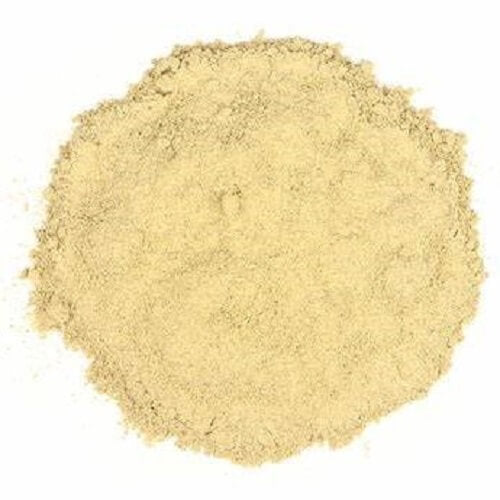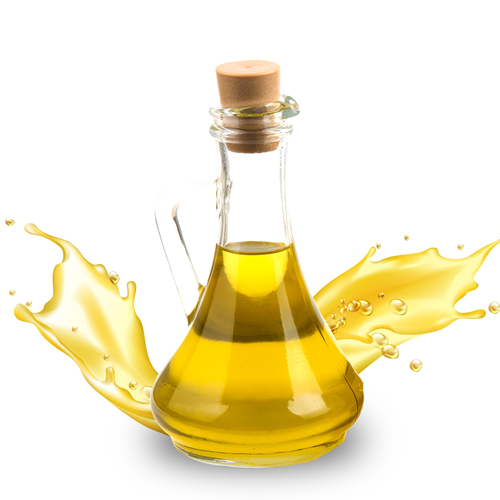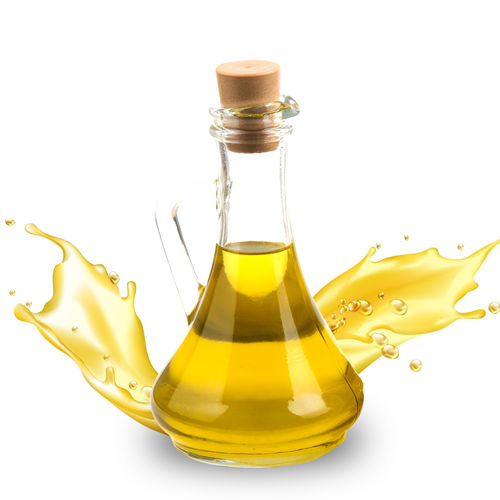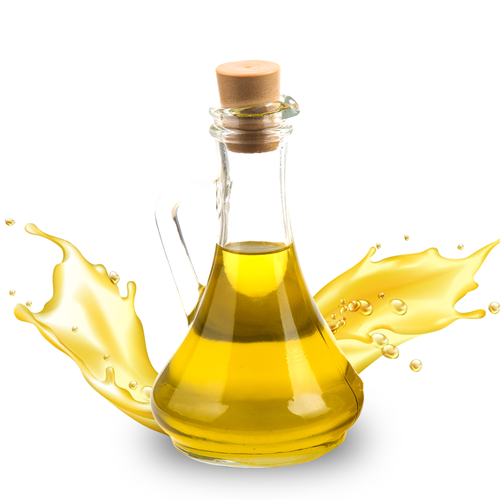Menu
Add description, images, menus and links to your mega menu
A column with no settings can be used as a spacer
Link to your collections, sales and even external links
Add up to five columns
Add description, images, menus and links to your mega menu
A column with no settings can be used as a spacer
Link to your collections, sales and even external links
Add up to five columns
LOOKING FOR BULK INGREDIENTS PRICING?

Benifits Of Glucose Oxidase - Wholesale B2B Bulk Suppliers in Europe
Glucose Oxidase: A Powerful Enzyme for Industrial and Health Applications
Glucose Oxidase is an important enzyme widely used in food processing, pharmaceuticals, diagnostics, and even agriculture. It catalyzes the oxidation of glucose to hydrogen peroxide and gluconic acid, making it a critical bio-catalyst in several commercial and therapeutic applications. Produced predominantly by certain species of fungi such as Aspergillus niger and Penicillium, this enzyme has seen increasing demand due to its multifunctional properties.
What is Glucose Oxidase?
Glucose Oxidase (GOx) is a flavoprotein enzyme that specifically reacts with β-D-glucose. During this reaction, it consumes oxygen and produces hydrogen peroxide—a compound that possesses strong antimicrobial properties. Due to this, GOx is extensively used for food preservation and medical purposes.
Applications in Food Industry
In the food industry, Glucose Oxidase is primarily used to improve shelf life and preserve freshness. It is a key player in baking, where it enhances dough strength and structure by modifying gluten. Moreover, it removes residual oxygen in food packaging, which helps in reducing oxidation and spoilage. This oxygen-scavenging ability makes it ideal for packaged bakery products, dairy items, and beverages.
Role in Pharmaceuticals and Diagnostics
In the pharmaceutical field, Glucose Oxidase is utilized in biosensors and diagnostic kits—particularly glucose testing strips for diabetes management. These biosensors rely on GOx's enzymatic reaction with glucose to produce a measurable signal, which reflects the blood glucose level. Its high specificity and reliable action make it a standard enzyme in the diagnostics industry.
Additionally, the antimicrobial effects of the hydrogen peroxide generated during the enzymatic reaction allow for the development of topical creams and oral hygiene products, where it helps reduce microbial load.
Agricultural and Environmental Use
In agriculture, Glucose Oxidase is used to control pests and pathogens by producing hydrogen peroxide, which suppresses fungal and bacterial growth. It is also being explored in bioremediation applications, where its oxidative capacity helps detoxify certain pollutants and contaminants.
Stability and Safety
Glucose Oxidase is generally recognized as safe (GRAS) by regulatory authorities and is widely accepted for use in food and health-related products. It exhibits good stability under specific pH and temperature conditions, which enhances its usability in industrial processes.
Final Thought
Glucose Oxidase has emerged as a versatile and highly valuable enzyme across numerous industries, offering benefits in health, food preservation, diagnostics, and agriculture. As industries continue to shift towards bio-based and eco-friendly solutions, the demand for such functional enzymes will only grow. With its strong oxidative ability and broad application range, Glucose Oxidase is poised to remain an essential component in both industrial biotechnology and everyday life.
For bulk orders and inquiries, visit Reveda - Glucose Oxidase
BUY ONLINE IN USA FROM REVEDA - The leading manufacturer B2B Bulk Wholesale Supplier of Glucose Oxidase in Europe
Also in Reveda: Health & Wellness

Benifits Of Omega-3 Fish Oil EE - 460 MG/G EPA & 180 MG/G DHA - Wholesale B2B Bulk Suppliers in USA
Read More
SUBSCRIBE NOW ...
Don't miss to get latest updates on sales, new releases and promotions

